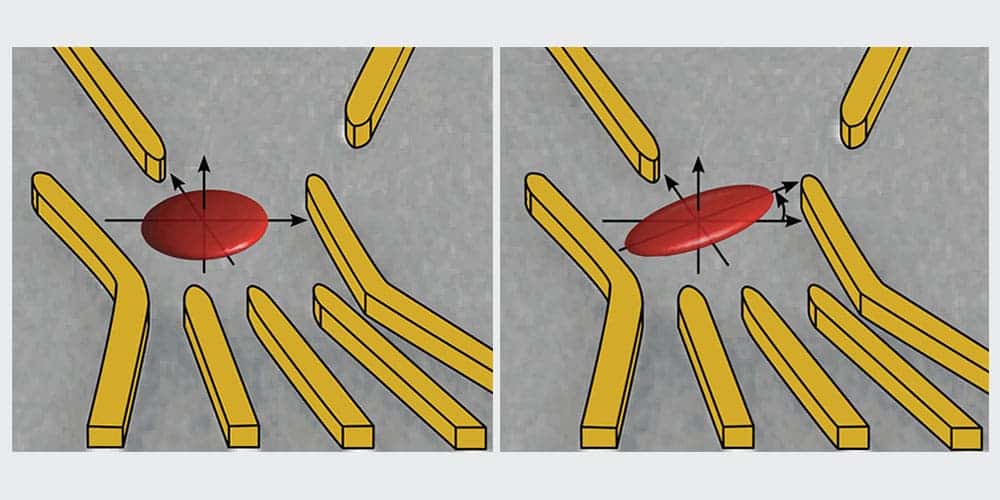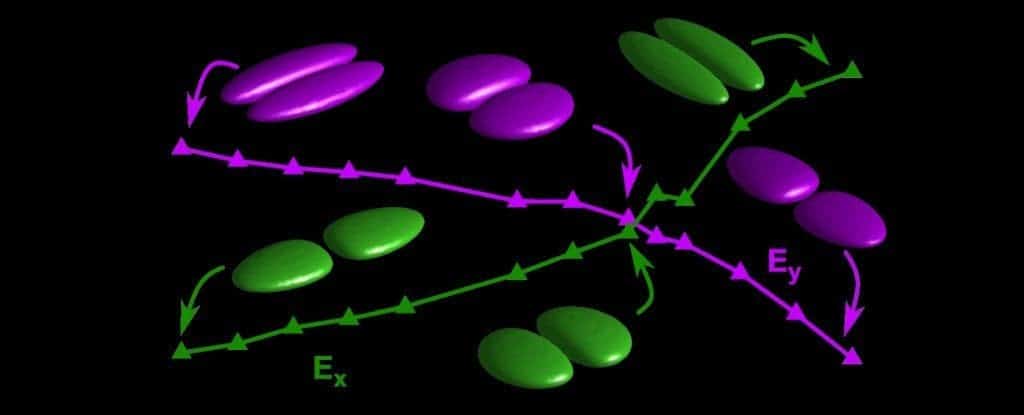
We first learn in school that electrons, like tiny planetary satellites, spin around the atomic nucleus. Then, more advanced physics tells us that the electrons form a sort of cloud which, depending on how you look at it, behaves both as a particle and as a wave.
As far as we know, electrons don’t really have a shape per se, their distribution is most commonly discussed in terms of orbitals — a mathematical function that describes the wave-like behavior of an electron or a group of several electrons. In quantum mechanics as well as classical chemistry, the orbital is rather a probability distribution than an orbit — but for the sake of simplified visualization, we still talk about electron orbits. However, this situation wasn’t satisfactory for all scientists.
A team of researchers from the University of Basel have used an artificial atom, a system also called a “quantum dot.” Within a quantum dot, an electron is held in place by electric fields, basically acting as a trap — though one which is about 1000 times larger than a natural atom. However, because the trapped electrons behave similarly to electrons bound to an atom, quantum dots are also known as “artificial atoms.” These tiny crystals are also used in QLED televisions, among others technologies.

After the system was devised and constructed, researchers used spectroscopic measurements to determine the energy levels in the quantum dot, noting the varying magnetic fields’ strength and orientation, which was influenced by the electron’s movement. This data was then introduced into a theoretical model, which enabled the researchers to calculate the electron’s wave function with a sub-nanometer scale.
“To put it simply, we can use this method to show what an electron looks like for the first time,” explains Daniel Loss from the Department of Physics and the Swiss Nanoscience Institute at the University of Basel.
“We are able to not only map the shape and orientation of the electron, but also control the wave function according to the configuration of the applied electric fields. This gives us the opportunity to optimize control of the spins in a very targeted manner,” adds Dominik Zumbühl, also one of the study authors.
They then took things one step further: by carefully arranging an electric field, they were able to direct the electron’s movement in a precise matter.
This is important not only as a theoretical advancement, but could also have important applications — not only in fancy televisions, but also for things like quantum computing, which many researchers believe to be the future of computing. Instead of using classical bits (which can be either 1 and 0), quantum computing would use qubits, which can be 1, 0, or any quantum superposition of those two qubit states.
The result has been published in two papers in Physical Review Letters and Physical Review B.
Was this helpful?



